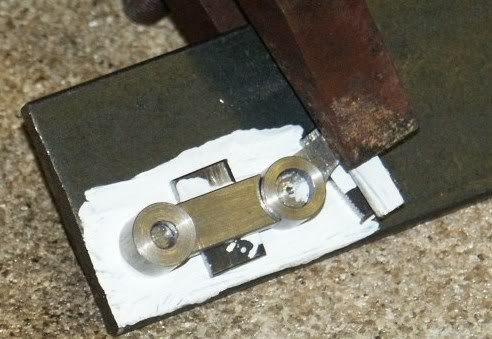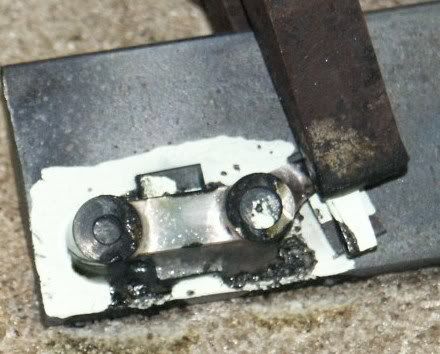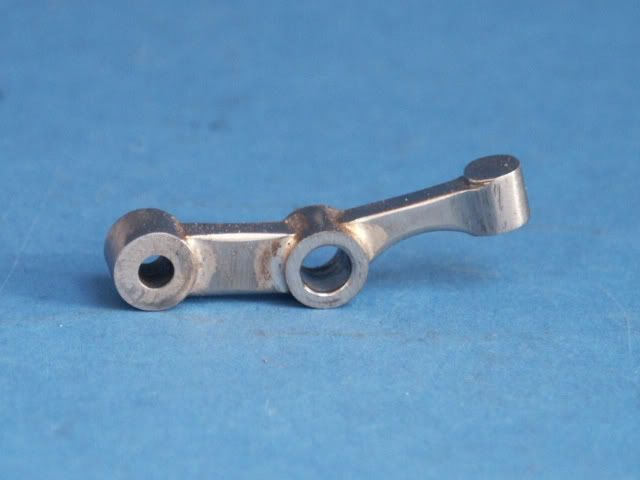Hi
I'm silver soldering a shaped pad onto the outside of a cylinder to thicken the wall thickness for a fitting thread. Unlike most of the silver soldering I've done I need to preserve the inside of the cylinder, preventing oxidation. I would also for aesthetic reasons like to minimise any silver solder running over the outside of the cylinder. Both parts are steel.
My current plan is to stuff the cylinder full of charcoal and clamp a couple of plates over the ends, as this should cause an oxygen reducing atmosphere, preventing oxidation. For the outside I intend to plaster it with soap dissolved into a thick goo.
Normally I would just go ahead and take a chance but its one of those jobs that I really don't want to screw up.
Its quite a large part (45mm diameter) so I am planning on using two heat guns to get it up to temperature fairly quickly.
I have silver soldered a few bits and pieces but would not consider myself an expert in the field. needless to say the parts will be clean, have minimal gap, and be correctly fluxed. I intend to hold the parts together with binding wire and/or a clamp.
I'd appreciate any comments or improvements to my intended technique, or any other help in general.
Best Regards
picclock
I'm silver soldering a shaped pad onto the outside of a cylinder to thicken the wall thickness for a fitting thread. Unlike most of the silver soldering I've done I need to preserve the inside of the cylinder, preventing oxidation. I would also for aesthetic reasons like to minimise any silver solder running over the outside of the cylinder. Both parts are steel.
My current plan is to stuff the cylinder full of charcoal and clamp a couple of plates over the ends, as this should cause an oxygen reducing atmosphere, preventing oxidation. For the outside I intend to plaster it with soap dissolved into a thick goo.
Normally I would just go ahead and take a chance but its one of those jobs that I really don't want to screw up.
Its quite a large part (45mm diameter) so I am planning on using two heat guns to get it up to temperature fairly quickly.
I have silver soldered a few bits and pieces but would not consider myself an expert in the field. needless to say the parts will be clean, have minimal gap, and be correctly fluxed. I intend to hold the parts together with binding wire and/or a clamp.
I'd appreciate any comments or improvements to my intended technique, or any other help in general.
Best Regards
picclock







